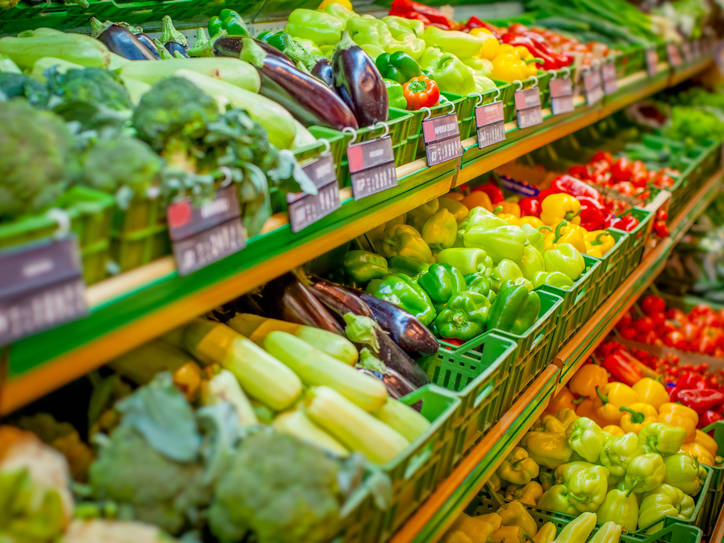While McDonald’s and Starbucks are often considered the giants of the global food and beverage scene, there’s a lesser-known chain that has more locations than both.
Mixue Ice Cream and Tea, the largest bubble tea brand in China, has quietly grown into a global powerhouse. Despite its relatively low profile, the company operates more than 45,000 stores across China and 11 other countries, including Thailand, Singapore, and Australia, as of last September.
In comparison, McDonald’s has just over 43,000 outlets in more than 100 countries, while Starbucks has around 40,000 locations worldwide.
Following its $444 million debut on the Hong Kong Stock Exchange, Mixue’s stock surged more than 40%, gaining attention from global investors.
From Humble Beginnings to Global Reach
Mixue’s story began in 1997 when founder Zhang Hongchao opened a small shaved ice shop in Zhengzhou, China, using a homemade machine. Since then, the brand has tapped into the growing demand for bubble tea, leading to its impressive expansion.
“It’s the largest brand that nobody’s heard of,” remarked Robert Carter, a restaurant industry analyst. “They’ve just exploded.”
Mixue has become a beloved name in China, especially among younger consumers. Its catchy jingle, which roughly translates to “I love you, you love me, Mixue Ice Cream & Tea,” has contributed to its popularity, and its mascot, Snow King, a playful snowman wearing a crown and red cloak, has become iconic.
The company’s full name, Mixue Bingcheng, translates to “Sweet Snow Palace,” and it’s known for offering an affordable range of fruit teas, coffee, ice cream, and bubble tea — with most items priced around $1.
“They keep their prices low, but their quality is high, which has allowed them to gain a large following among younger consumers,” Carter explained.
A Unique Business Model: Controlling the Supply Chain
By the end of September 2024, Mixue had franchised out over 99% of its 45,000 locations. Unlike Starbucks, which operates more than half of its stores directly, nearly all Mixue locations are run by franchisees.
However, Mixue’s revenue strategy differs from many traditional franchise models. Instead of relying heavily on franchise fees, Mixue generates most of its income from selling supplies—food materials, packaging, and equipment—to its franchisees. This control over its supply chain has allowed the company to drive substantial profits beyond just the franchising model.
“They’re not just making money off franchise fees,” Carter said. “They also profit by selling products to their franchisees.”
Could Mixue Expand to North America?
Mixue has made it clear it plans to continue expanding, and many analysts believe North America could be next. The company has acknowledged in its IPO filing that its rapid store expansion could lead to internal competition as well as competition with other brands.
Vince Sgabellone, a food service industry expert, noted the potential for Mixue in North America, especially given the significant immigrant populations from Asia. “This brand could have immediate recognition in the right locations,” he said. The challenge, however, will be in maintaining its low-price model.
Despite having more locations than McDonald’s, Starbucks, and Subway globally, Mixue’s sales still lag behind competitors like Starbucks and Tim Hortons. However, its rapid growth and unique business approach suggest that the brand could become a major player in the future.







